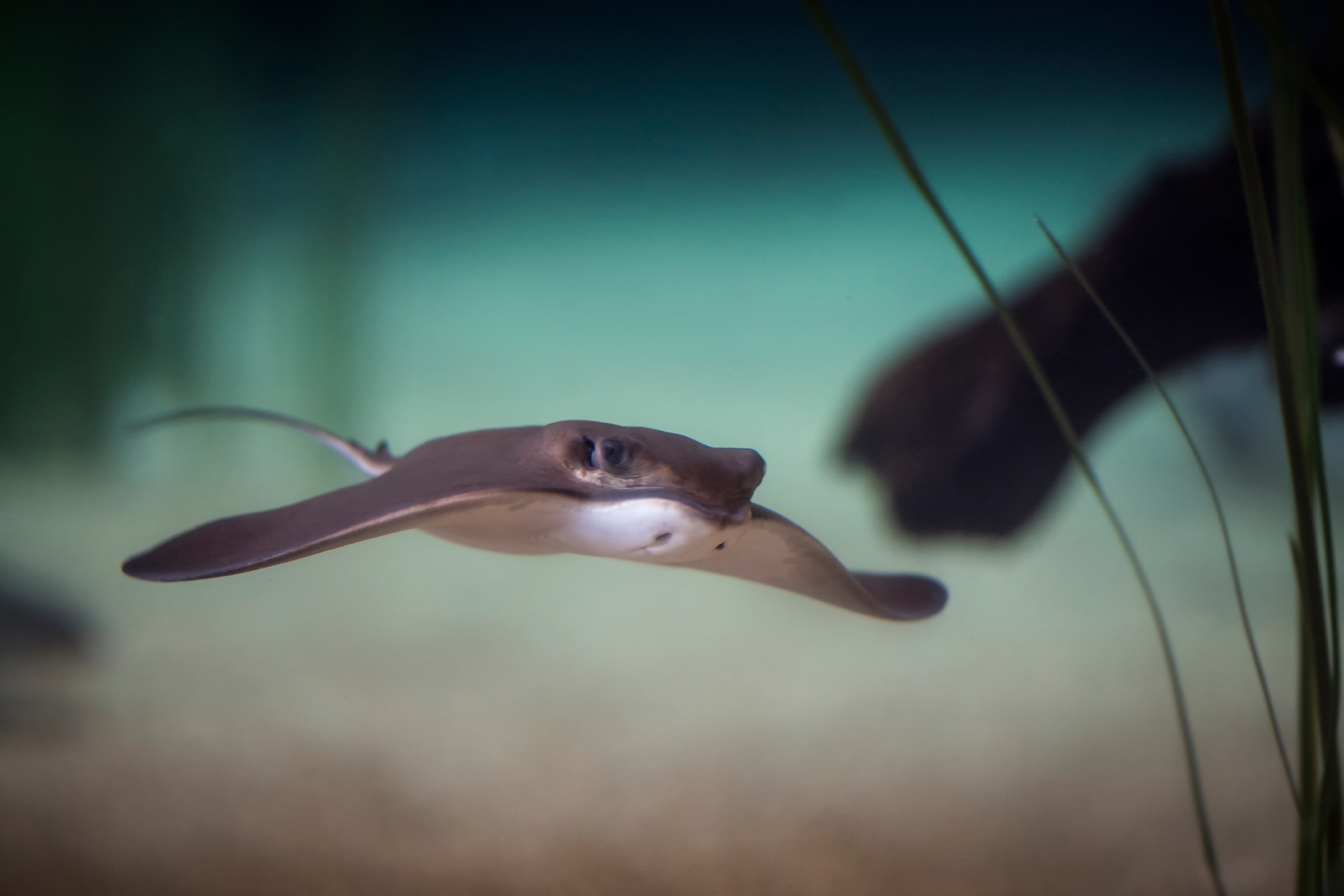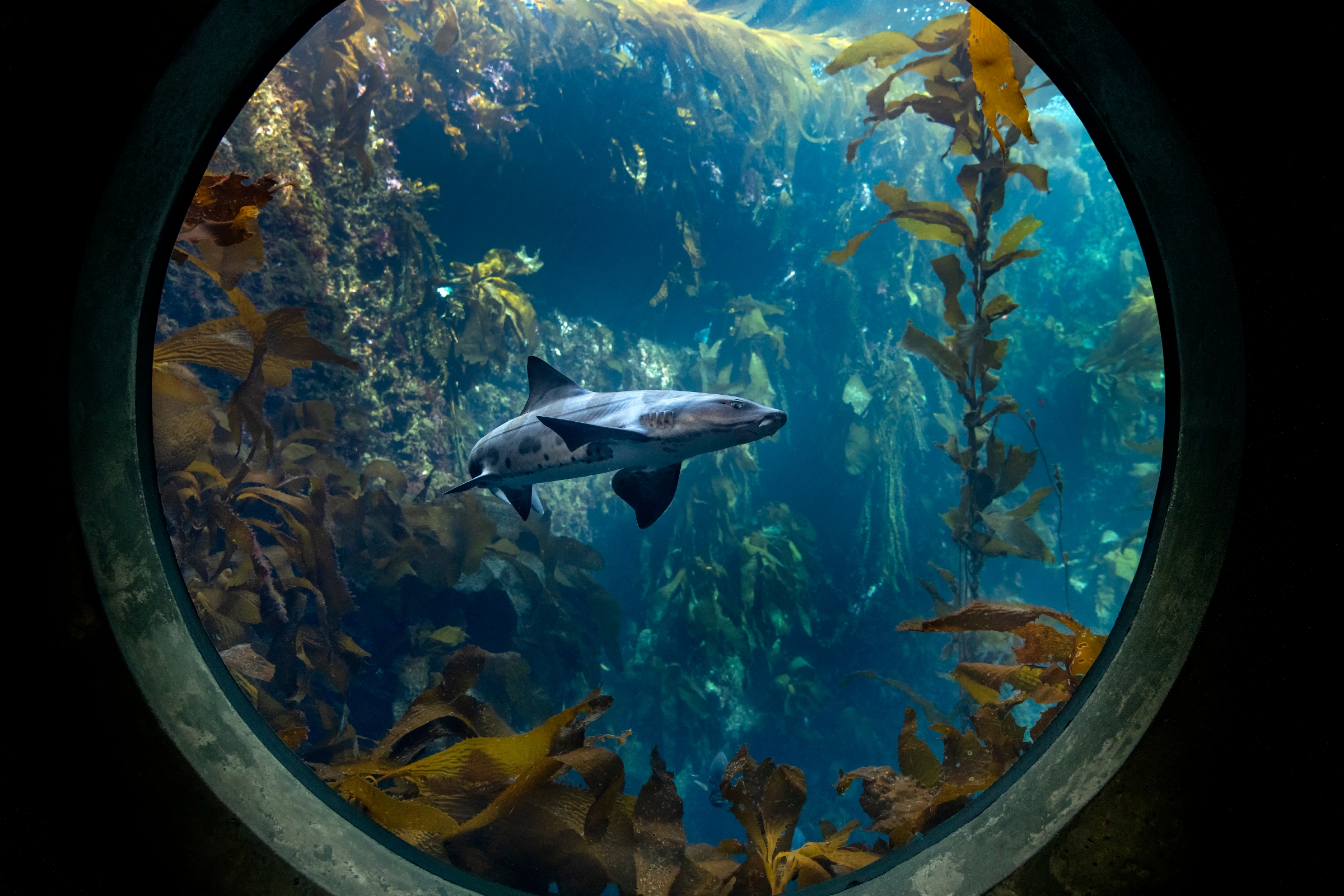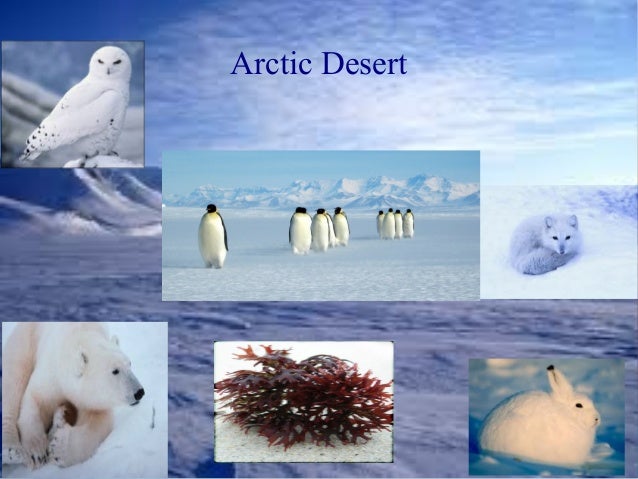Animals that live in dunes information
Home » Trending » Animals that live in dunes informationYour Animals that live in dunes images are available in this site. Animals that live in dunes are a topic that is being searched for and liked by netizens today. You can Find and Download the Animals that live in dunes files here. Get all royalty-free photos.
If you’re searching for animals that live in dunes pictures information linked to the animals that live in dunes topic, you have pay a visit to the right site. Our site frequently gives you suggestions for viewing the highest quality video and picture content, please kindly surf and find more informative video articles and graphics that fit your interests.
Animals That Live In Dunes. Traveling further from the beach towards the back of the dunes the vegetation starts to change. Biological diversity was a primary reason for the creation of indiana dunes national park. Beetles, moths, wasps, flies, crickets and spiders all live in the sand. They live in flocks, where the male is responsible for protecting the young and the female.
 Bat ray wallpaper from the Monterey Bay Aquarium From montereybayaquarium.org
Bat ray wallpaper from the Monterey Bay Aquarium From montereybayaquarium.org
Sand snakes and lizards also call sand dunes home. Dunes also serve as critical nesting areas for birds, sea turtles and other marine species. Biological diversity was a primary reason for the creation of indiana dunes national park. The dunes are home to many species which are perfectly adapted to live in the naturally shifting sand and the mosaic of habitat types that can be found in healthy dune systems. Hundreds or even thousands of types of insects also make their habitats in sand dunes. Here are a few animals:snakesrats/micelizardsa few types of birdsbees/waspssome types of turtlesshrimpshow are they attracted?not yet found out.
Sand dunes are rich with animals and plants, and a vital part of our ecology by megan backhouse updated december 27, 2015 — 3.16pm first published at 11.09am
American goldfinches often feed on the thistles that grow on sand dunes. Others feed on the plants that grow in these habitats. The insect associates of baccharis pilularis (coyote bush), a common plant of the dunes and other coastal shrub communities, are legion, supporting no less than 29 species of spiders, 7 mites, and 221 species of insects (of these, 56 are only loosely associated, leaving 165 species as its true associates). In the wintertime, goldfinches eat seeds from weeds. Hundreds or even thousands of types of insects also make their habitats in sand dunes. Present on the coast but also inland, dunes are shaped by the wind and are in perpetual movement.
 Source: wallpapers4u.org
Source: wallpapers4u.org
Others feed on the plants that grow in these habitats. The orientation of the dune slope affects the types of plants that will grow. These reptiles burrow rapidly through the sand, an action known as sand swimming. Present on the coast but also inland, dunes are shaped by the wind and are in perpetual movement. In the wintertime, goldfinches eat seeds from weeds.
 Source: montereybayaquarium.org
Source: montereybayaquarium.org
These reptiles burrow rapidly through the sand, an action known as sand swimming. Its coat is reddish and sandy, which is beneficial and necessary for an animal that lives between dunes and rocks. They spend their summers gathering mounds of grass to dry in the sun, then stay active all winter under the snowpack eating their summer�s work. Here are a few animals:snakesrats/micelizardsa few types of birdsbees/waspssome types of turtlesshrimpshow are they attracted?not yet found out. Dunes usually form in bands parallel to the beach, getting taller and more chaotic the further away you get.
 Source: thousandwonders.net
Source: thousandwonders.net
This songbird is often found in coastal sand dunes and nests in july or august. It is small enough to pass through a 4 inch hole, where it will make its den. Things to look for and notice drift seaweeds, washed up by waves, are a. Dunes also serve as critical nesting areas for birds, sea turtles and other marine species. Then, you get to the back dunes.
 Source: animalyou.blogspot.com
Source: animalyou.blogspot.com
The insect associates of baccharis pilularis (coyote bush), a common plant of the dunes and other coastal shrub communities, are legion, supporting no less than 29 species of spiders, 7 mites, and 221 species of insects (of these, 56 are only loosely associated, leaving 165 species as its true associates). American pikas live primarily on the alpine tundra of great sand dunes national preserve. Many of these species have adapted to sand dunes and learned to live there by burrowing into the sand. Some are rare while others are more common, but each. Pikas are an alpine mammal, unexpected in a park known for desert dunes.
 Source: kidszoo.org
Source: kidszoo.org
Below is a list of the plant and animal life you can find at the saugatuck dune state park and exactly where it can be found. Hundreds or even thousands of types of insects also make their habitats in sand dunes. Its coat is reddish and sandy, which is beneficial and necessary for an animal that lives between dunes and rocks. Below is a list of the plant and animal life you can find at the saugatuck dune state park and exactly where it can be found. American goldfinches are bright yellow with black wings and a black cap.
 Source: slideshare.net
Source: slideshare.net
In general, these areas are dominated by woody species such as oaks, hickories, basswoods, cottonwoods, and jack pines. Beetles, moths, wasps, flies, crickets and spiders all live in the sand. Sand snakes and lizards also call sand dunes home. Biological diversity was a primary reason for the creation of indiana dunes national park. Present on the coast but also inland, dunes are shaped by the wind and are in perpetual movement.
 Source: livescience.com
Source: livescience.com
Its coat is reddish and sandy, which is beneficial and necessary for an animal that lives between dunes and rocks. In general, these areas are dominated by woody species such as oaks, hickories, basswoods, cottonwoods, and jack pines. In the wintertime, goldfinches eat seeds from weeds. From toads and lizards to butterflies and orchids, there are many different species that our work will help to protect. Many of the plants and animals in this zone, such as piping plover (charadrius melodus), seabeach amaranth (amaranthus pumilus), and seaside knotweed
 Source: montereybayaquarium.org
Source: montereybayaquarium.org
In the back dune, there are maple trees, fowler�s toads, ferns, mosses, and many other types of plants. Beetles, moths, wasps, flies, crickets and spiders all live in the sand. Its coat is reddish and sandy, which is beneficial and necessary for an animal that lives between dunes and rocks. Hundreds or even thousands of types of insects also make their habitats in sand dunes. They spend their summers gathering mounds of grass to dry in the sun, then stay active all winter under the snowpack eating their summer�s work.
 Source: amusingplanet.com
Source: amusingplanet.com
These reptiles burrow rapidly through the sand, an action known as sand swimming. 1 broken dunes look like superman’s fortress of solitude over on mars 2 strange features on mars look like a forest of distant trees 3 martian crater left with tongue sticking out by longer. Sand dunes are rich with animals and plants, and a vital part of our ecology by megan backhouse updated december 27, 2015 — 3.16pm first published at 11.09am From toads and lizards to butterflies and orchids, there are many different species that our work will help to protect. They live in flocks, where the male is responsible for protecting the young and the female.
This site is an open community for users to do submittion their favorite wallpapers on the internet, all images or pictures in this website are for personal wallpaper use only, it is stricly prohibited to use this wallpaper for commercial purposes, if you are the author and find this image is shared without your permission, please kindly raise a DMCA report to Us.
If you find this site adventageous, please support us by sharing this posts to your favorite social media accounts like Facebook, Instagram and so on or you can also bookmark this blog page with the title animals that live in dunes by using Ctrl + D for devices a laptop with a Windows operating system or Command + D for laptops with an Apple operating system. If you use a smartphone, you can also use the drawer menu of the browser you are using. Whether it’s a Windows, Mac, iOS or Android operating system, you will still be able to bookmark this website.
Category
Related By Category
- 70s robot anime information
- Animated dd maps information
- Animal crossing new leaf mobile information
- Anime body base information
- Animal crossing jacobs ladder flower information
- Anime desserts information
- Animal paca information
- Animal crossing secrets information
- American animals review information
- Animal kingdom lodge rooms for 5 information